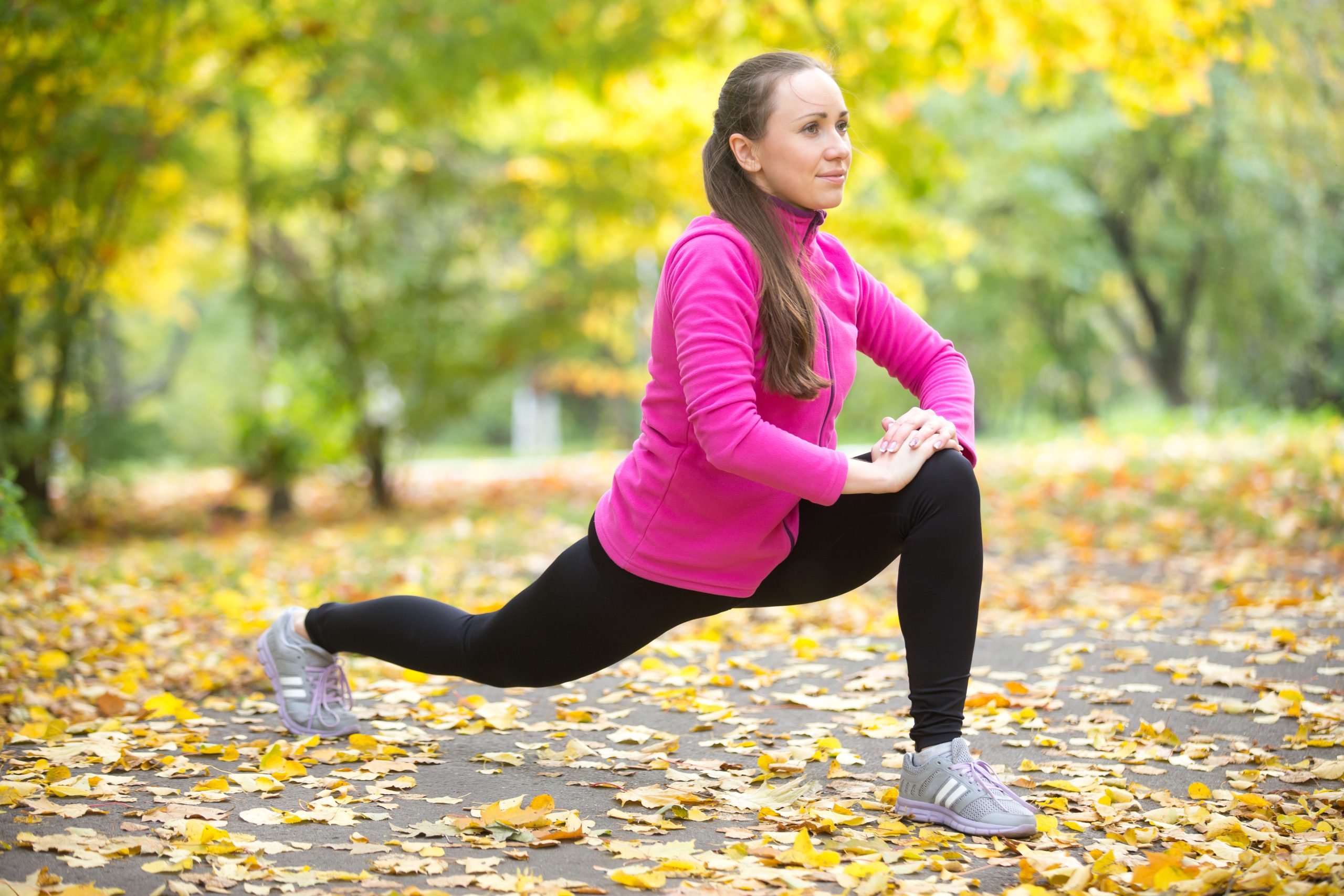Most people picture intense gym sessions, grueling cardio workouts, or pushing themselves to exhaustion when they think about exercise. But sustainable fitness and better health don’t require that level of intensity. Low-intensity exercise delivers remarkable benefits for your body, and it fits into almost anyone’s lifestyle.
At Sota Wellness in Sarasota, we know sustainable health improvements come from consistent, manageable changes. Low-intensity exercise aligns with this philosophy, offering a path to better health you can maintain for life.
What Counts as Low Intensity Exercise?
Low-intensity exercise includes any physical activity that elevates your heart rate moderately while allowing you to hold a conversation comfortably. Walking, gentle swimming, casual cycling, yoga, tai chi, and light stretching routines all qualify. You work your body without pushing it into the breathless zone.
This approach shines in its accessibility. You don’t need expensive equipment or gym memberships. A simple walk around your neighborhood works. So does gardening, gentle dancing, or taking the stairs instead of the elevator.
Key Benefits for Your Body
Sustainable Fat Burning
Your body burns fat most efficiently during low to moderate-intensity activities. When you exercise at a gentler pace, your body primarily uses fat stores for fuel rather than relying on carbohydrates. This makes low-intensity exercise particularly valuable for weight management and body composition.
For those working toward weight loss goals, combining low-intensity movement with medical weight loss programs can amplify results. The consistent calorie burn adds up over time without triggering the intense hunger that sometimes follows high-intensity workouts.
Reduced Stress on Joints
High-impact exercises can take a toll on your joints, particularly as you age or if you’re carrying extra weight. Low-intensity activities provide cardiovascular and muscular benefits while minimizing wear and tear on your knees, hips, and back.
This makes it an excellent choice for people with arthritis, previous injuries, or those just beginning their fitness journey. You build strength and endurance without risking injury or prolonged recovery periods.
Improved Recovery and Consistency
Low-intensity exercise doesn’t leave you exhausted or sore for days. This means you can do it more frequently. Consistency matters more than intensity when it comes to long-term health improvements.
Many people find they can commit to daily walks or gentle yoga sessions far more easily than intense workout programs that require multiple rest days. This consistency leads to better results over time and helps establish exercise as a permanent lifestyle habit.
Better Heart Health
Low-intensity cardio strengthens your heart and improves circulation without placing excessive stress on your cardiovascular system. Regular gentle movement helps lower blood pressure, improves cholesterol levels, and reduces your risk of heart disease.
Your heart is a muscle. Like any muscle, it benefits from regular, sustainable training. You don’t need to sprint to make your heart healthier. A brisk walk does the job.
Mental Clarity and Mood Improvement
Exercise releases endorphins, and you don’t need to work yourself to exhaustion to trigger this response. Low-intensity movement provides mental health benefits including reduced anxiety, better sleep quality, and improved mood.
Many people find that a morning walk or afternoon yoga session helps clear their mind and boost their energy levels for the rest of the day. The meditative quality of rhythmic, gentle movement can be as beneficial for your mental health as it is for your physical well-being.
Supports Hormone Balance
Regular physical activity helps regulate hormone production and balance. For those dealing with hormonal imbalances that affect energy, weight, and well-being, low-intensity exercise can be a valuable component of a comprehensive treatment plan.
Your body’s hormonal systems respond positively to consistent, moderate activity. This is particularly important for metabolism regulation and maintaining healthy body composition as you age.
Making Low Intensity Exercise Part of Your Life
Start with what feels manageable. A 10-minute walk after dinner is a perfect beginning. Gradually increase your duration and frequency as movement becomes a natural part of your routine.
The goal isn’t to exhaust yourself. It’s to move your body regularly in ways that feel good and sustainable. Consider activities you enjoy. If you love being outdoors, walking or gentle hiking might appeal to you. If you prefer structured activities, try yoga or tai chi classes.
A Personalized Approach to Wellness
At Sota Wellness, we recognize that lasting health improvements come from addressing your body’s specific needs. Low-intensity exercise can complement medical weight loss and hormone therapy by boosting your metabolism, improving your energy levels, and supporting your body’s natural healing capabilities.
Erin Britton and our team create personalized wellness plans that consider your current fitness level, health goals, and lifestyle. We help you develop sustainable habits that lead to real, lasting results.
Ready to feel stronger, healthier, and more energetic? Book an appointment with Sota Wellness today and discover how a comprehensive approach to wellness can transform your life.
Frequently Asked Questions
How long should I do low-intensity exercise each day?
Target at least 30 minutes most days of the week. If you’re just starting, break this into shorter sessions throughout the day. Three 10-minute walks provide similar benefits to one 30-minute session.
Can low-intensity exercise help me lose weight?
Yes. When combined with proper nutrition and, if appropriate, medical weight loss support, low-intensity exercise contributes to sustainable weight loss. The key is consistency. Regular gentle movement burns calories and supports your metabolism without triggering excessive hunger.
Is walking enough, or do I need variety?
Walking is excellent low-intensity exercise. Adding variety like swimming, yoga, or cycling can work different muscle groups and keep things interesting, but consistent walking alone provides substantial health benefits.
How do I know if I’m exercising at the right intensity?
You should be able to carry on a conversation while moving. If you’re too breathless to talk comfortably, you’re working too hard. You should feel your heart rate increase slightly and perhaps break a light sweat, but you shouldn’t feel exhausted.
When will I start seeing results?
Many people notice improved energy and better sleep within the first week or two. Physical changes like improved cardiovascular fitness and body composition typically become noticeable within four to six weeks of consistent activity.







